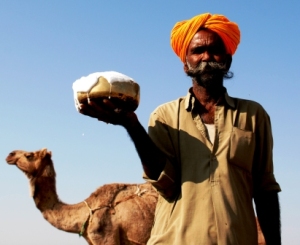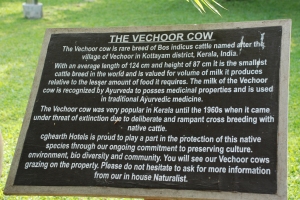
Today is World Food Day, a time to remember the enormous role of livestock keepers in food production! Not just in terms of quantity, but also in terms of quality, as we are trying to highlight in our Ark of Livestock Biodiversity project. And a role that could be vastly increased and improved if “small-scale livestock keepers” (a somewhat unwieldy term that includes pastoralists, family farms, and smallholders) woud be given the policy support that they deserve.
Unfortunately, research and subsidies continue to be directed towards supporting high-input and industrial livestock production – a scenario that undermines livestock biodiversity, livelihoods, sustainability and – in the final reckoning – even food security, as more and more grain and soybeans are fed to livestock.
How to change this situation? Well, of course consumers have a major role to play by choosing products that come from extensively raised “pasture fed” animals. But it is also the livestock keepers themselves that must get organised and make their voices heard. One of the reasons for their neglect by policy makers is also that pastoralists and other small-scale livestock keepers are dispersed, busy with their animals, and have no institutional representation.
However, at the recent – actually still on-going -11th meeting of the parties to the Convention on Biological Diversity (CBD) in Hyderabad, they made an impressive show of strength, demanding their grazing rights in the forest. This fills us with much hope for the future!

 Follow
Follow
